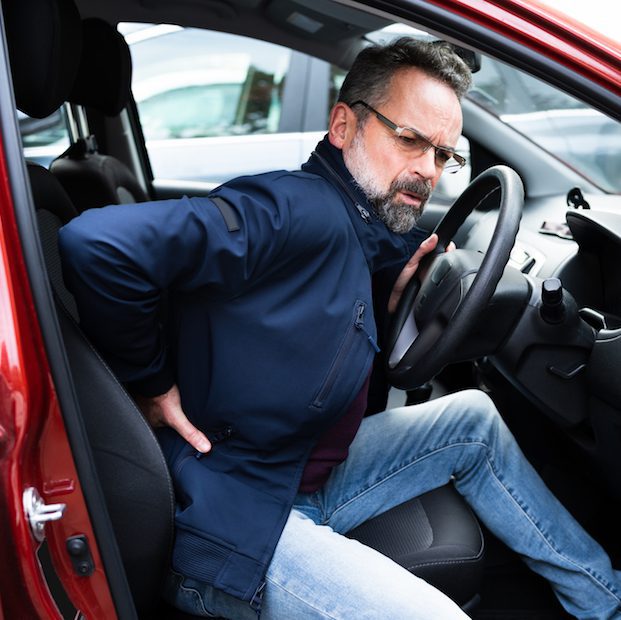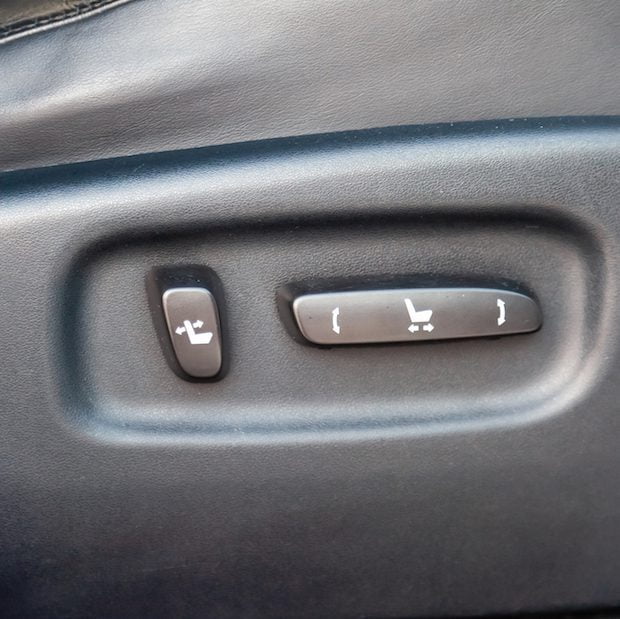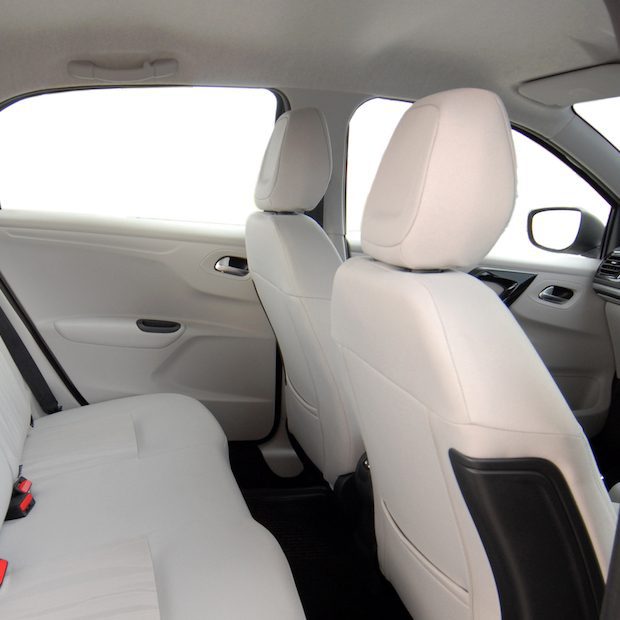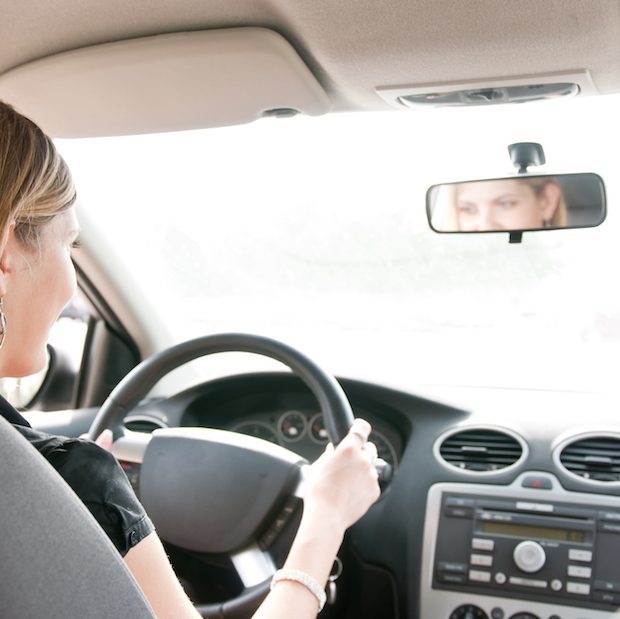How To Set Up My Car Seat Correctly
- Home
- /
- Advice hub
- /
- Driving
- /
- How To Set Up My Car Seat Correctly

Your car seat may have felt absolutely fine when first test drove it, or maybe your vehicle is a company car and selected for you. Although your car may feel comfortable on short trips but the minute your traveling longer distances those aches, niggles and pains start.
Don’t despair there may be some minor adaptations that you could implement to make all the difference. Before you go out and buy anything make sure you car seat is set up correctly.
Here are a few pointers of what to check:
Positioning Your Car Seat
Check The Angle Of Your Car Seat
Optimal range between the back and base of your seat is 110˚-130˚ to reduce unnecessary pressure on your spine and therefore back pain. Anything much more acute than that is more likely to cause you to slump down after a short period, and a greater angle often results in having to strain the neck and shoulders to reach to wheel.
Adjust the angle so that you are in a comfortable position within this range. If you are able to adjust the tilt of the seat base so that it is more level, that way you won’t need to tilt the back of the seat as far. Be sure that your knees are still higher than your hips for safety if you do end up in an accident.
You may need to adjust the seat position afterwards to ensure you do not have to over reach for the steering wheel though.

Are You The Right Distance From The Wheel?
Sitting back in your seat lift your arm up in front of you. Without reaching you should be able to rest your wrist or base of your hand on the top of the steering wheel.
If you have to reach to do this your seat is too far back and you are likely to end up getting tight shoulders and neck as you drive. If your lower arms rest on the top of the wheel then you are too close which will restrict movement whilst you drive.

Ensure The Head Rest Is Positioned Correctly
It should allow you to keep your head comfortably upright. The tilt of some headrests can be adjusted so be sure it’s not tilted to far forward. This can push your head forward and strain the neck.
Does Your Car Seat Have An Adjustable Lumbar Support?
If so change the depth of this so you can feel it gently supporting and helping keep the curve in your lower back. If it can be adjusted vertically, make sure it is positioned in the natural curve of your lower back and not so low that it pushes your pelvis forward. It should be positioned to support the natural hollow towards the base of the spine.
Are Your Pedals Straight?
In some cars the pedals are offset causing your legs to be rotated or causing them to move across to depress the pedal. Particularly with city driving you may be doing this a lot which can strain along the outside of your leg, into your pelvis and spine and cause aches and pains.
Final Checks
If you have needed to make any adjustments, sit upright in a good posture and check that your mirrors are still correctly positioned. It can be really useful to use this as a guide during driving.
If you find you are having to strain or look up more to see into your rear view mirror, you may have slipped forwards in your seat a little so (when safe to do so) re-position yourself so that you are sitting in a better position again. Regularly check this particularly if you are on longer journeys.

If after you have checked and addressed all of these areas you are still getting back pain during or after driving, you may need to buy additional back support aids for your car. (This is certainly cheaper than buying a new car!).
We’ve created a simple guide to help you decide what support for the car is best for your issue. Click on the link to see our advice on choosing the right back support for your car.
In summary make sure that you:
- Have an open hip angle of between 110˚-130˚ to reduce unnecessary pressure on your spine.
- Check you aren’t to close to the wheel – your wrist should comfortably rest on the top with your arms straight out in front of you.
- If you can adjust your head rest so that it isn’t pushing your head forward.
- The lumbar support should sit in the hollow of your lower back (not the back of your pelvis).
- Check your pedals aren’t off set
- Once you are set up correctly use the rear view mirror as a guide to tell if you have slipped down in your seat – Can you see more of the car roof that when you set off?
